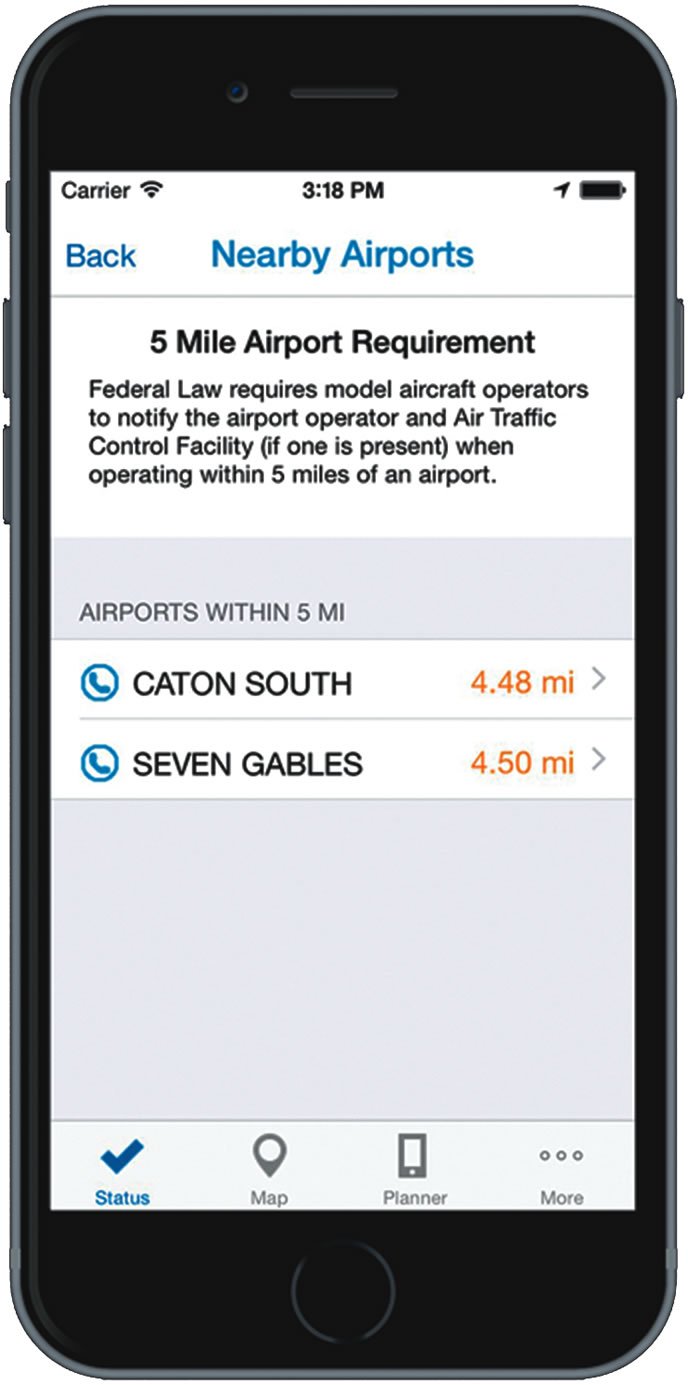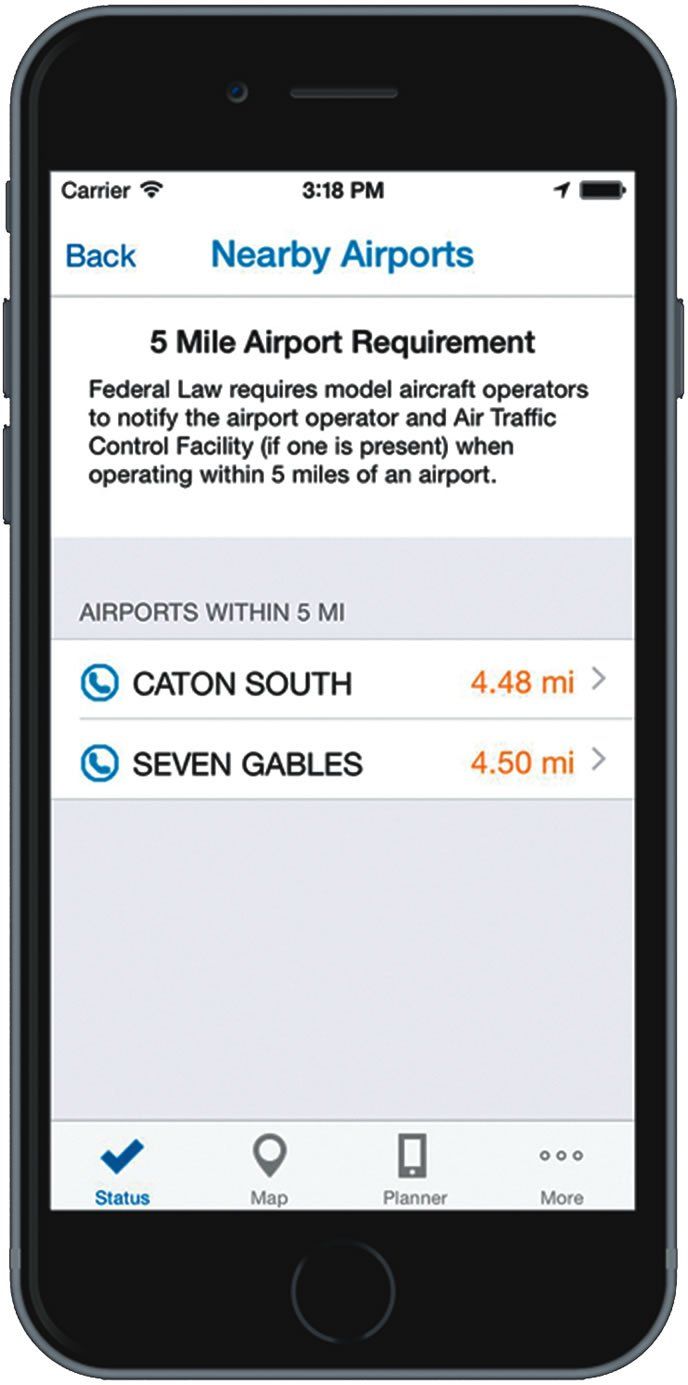As GPS becomes more ubiquitous—and as the FAA works to reduce its expenses for things like navigation facilities, airports and controllers—it has long-range plans to unplug hundreds of VOR facilities throughout the U.S. in favor of the satellites. There were 967 U.S. VORs operating in late 2012, and AOPA says the FAA wanted that number to be 500 by January 2020, when ADS-B and the next-generation ATC system are supposed to be in place.

Those original plans have been scaled back, and the new targets are for 867 VORs to be in service on Jan. 1, 2020, and 667 by 2025. To that end, the FAA has proposed canceling some 736 VOR and NDB approaches, which is an “integral part of right-sizing the quantity and type of procedures” available in the airspace system, according to the agency. A rulemaking is underway for the proposed cancellation and the FAA has published a spreadsheet detailing the approach procedures it wants to cancel.
The spreadsheet is on the FAA’s Web site, at tinyurl.com/AvSafe-IAPs. It might be a good idea to go check if any approach you regularly use is on the chopping block. Regardless, don’t surprised if some VOR and NDB approaches you use go missing.
There’s an app for that
The FAA also recently said it’s working on a smartphone app “designed to help model aircraft and unmanned aircraft (UAS) users know if it is safe and legal to fly in their current or planned location.” The app, dubbed “B4UFLY,” is in beta right now on iOS platforms, and the agency said it expects to make it available to the general public. An Android version will follow.
Among the app’s features, according to the agency:
• A clear “status” indicator that immediately informs operators about their current or planned location.
• Information on the parameters that drive the status indicator.
• A planning mode for future flights in different locations.
• Detailed, interactive maps with filtering options.
• Contact information for nearby airports.
•Links to other FAA UAS resources and regulatory information.
If the FAA puts this together and makes it available as they say they want, it actually could be a useful tool UAV operators can use to ensure they’re not potentially violating airport, special use or TFR airspace.
Not that we’re paranoid or anything, but if they can do something like this for UAV operators, what’s to stop them from coming up with something similar for pilots of aircraft with seats?




